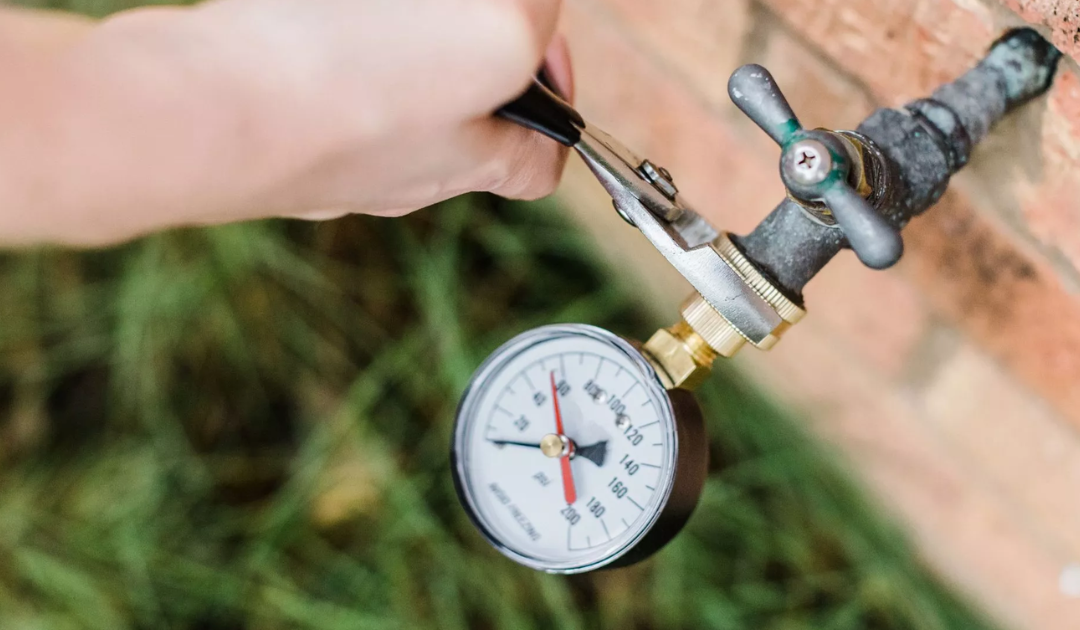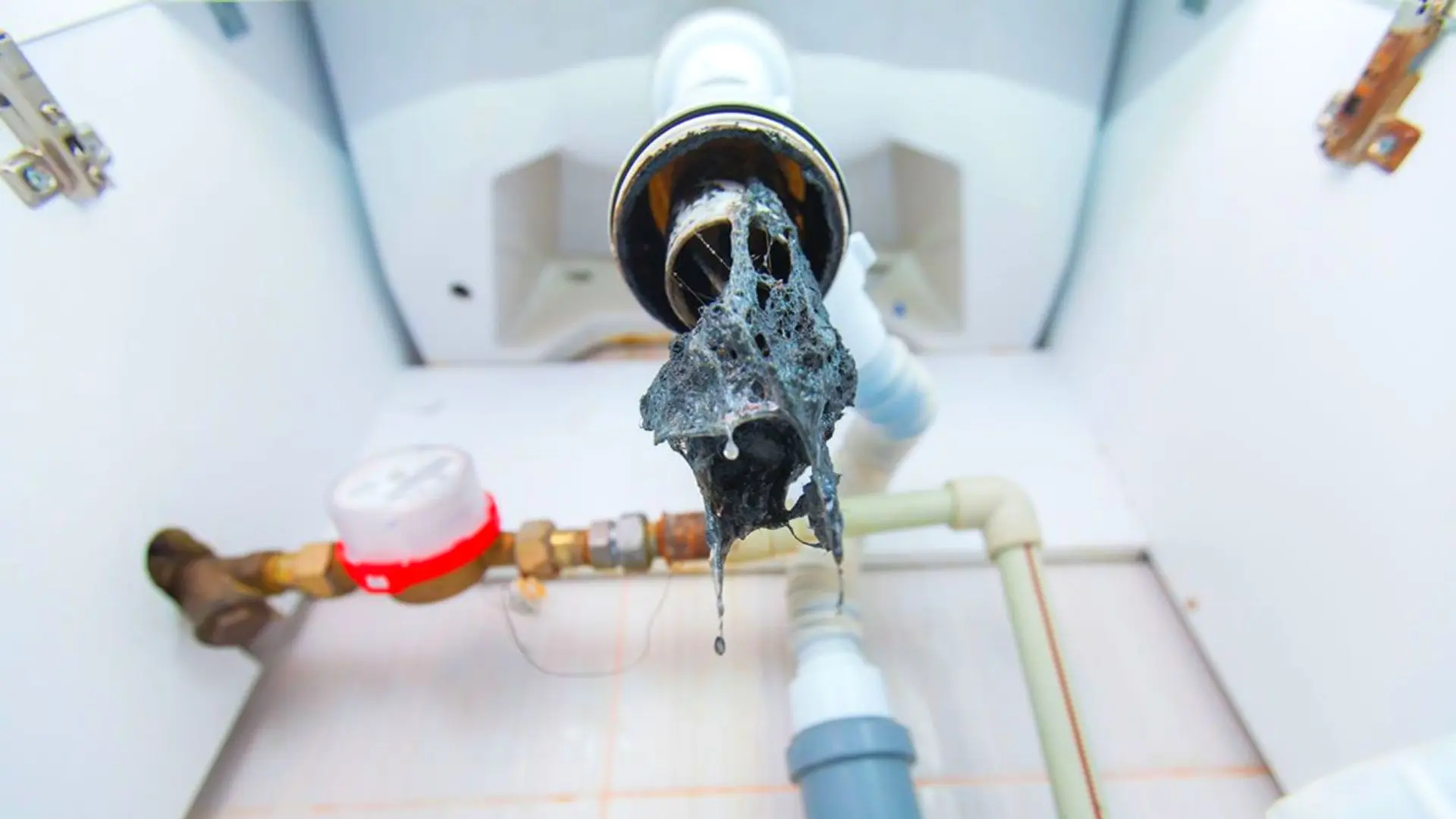The Detailed Manual to Resolving Low Water Pressure in Your Home
The Detailed Manual to Resolving Low Water Pressure in Your Home
Blog Article
The article following next relating to 10 Reasons for Low Water Pressure in Your House is indeed remarkable. Have a go and make your own personal results.

Low water stress in your house can be a discouraging issue, impacting everything from bathing to cleaning recipes. If you're experiencing weak water circulation, there are a number of possible reasons and services to discover. In this overview, we'll go over typical reasons for low water pressure and functional actions to address the concern successfully.
Intro to Low Tide Stress
Low tide pressure happens when the flow of water from your faucets, showers, and other fixtures is weak than usual. This can make daily tasks more tough and less reliable. Understanding the sources of low water pressure is important to finding the right service.
Common Sources Of Low Tide Pressure
Pipe Obstructions
With time, pipelines can come to be clogged with natural resource, sediment, or debris, restricting the circulation of water. This is a typical problem in older homes with galvanized steel pipes.
Deterioration
Rust within pipelines can bring about leaks and reduced water pressure. Corrosion accumulation can constrict water flow, particularly in aging plumbing systems.
Faulty Pressure Regulatory Authorities
Pressure regulators are responsible for maintaining constant water pressure in your house. If they malfunction, it can result in low water pressure or uneven circulation throughout the house.
Community Water System Issues
In some cases, the trouble exists outside your home. Metropolitan supply of water concerns, such as main line leaks or upkeep work, can briefly lower water stress in your location.
Exactly How to Detect Low Water Stress
Examining Taps and Fixtures
Beginning by testing the water stress at various faucets and fixtures throughout your home. If the concern is separated to specific locations, it might show local troubles.
Examining Pipelines
Examine visible pipelines for signs of leakages, corrosion, or obstructions. Take note of any type of uncommon noises, such as banging or rattling pipes, which could suggest issues within the plumbing system.
Consulting with a Plumber
If you're incapable to determine the source of low tide stress, consider working with a specialist plumber to carry out an extensive examination. They can identify underlying problems and advise proper remedies.
DIY Solutions to Repair Low Tide Stress
Cleaning Aerators and Showerheads
Natural resources can build up in aerators and showerheads, reducing water circulation. Remove and clean these components consistently to enhance water stress.
Flushing Hot Water Heater
Debris buildup in the hot water heater can limit flow and decrease effectiveness. Purging the storage tank periodically aids eliminate sediment and preserve optimal performance.
Inspecting Stress Regulatory Authority
Make certain that the pressure regulatory authority is working appropriately. Changing or replacing the regulatory authority can help bring back appropriate water pressure throughout your home.
Cleaning Clogs in Piping
For small clogs, attempt utilizing a plumbing serpent or chemical drainpipe cleaner to clear obstructions in pipes. Be cautious when utilizing chemicals and adhere to security standards.
When to Call a Specialist Plumber
If do it yourself efforts fail to deal with the issue or if you believe considerable plumbing problems, it's best to seek aid from a qualified plumber. They have the competence and tools to attend to intricate problems safely and properly.
Safety Nets to Maintain Water Stress
Normal Maintenance
Schedule regular maintenance for your plumbing system to stop issues such as deterioration, leakages, and blockages. Dealing with minor troubles early can help prevent even more significant repair services later on.
Setting Up a Stress Booster
Take into consideration installing a pressure booster pump to boost water pressure in locations with constantly low circulation. This can be specifically advantageous for multi-story homes or homes with high-demand fixtures.
Tracking Water Usage
Be mindful of water usage behaviors and stay clear of ill-using the plumbing system. Basic adjustments, such as staggering showers and washing loads, can aid preserve appropriate water stress.
Final thought
Handling low tide stress can be frustrating, however determining the underlying reasons and applying suitable services can recover optimum circulation throughout your home. Whether it's cleaning up aerators, evaluating pipes, or consulting with a plumber, taking proactive actions can make certain a steady supply of water for your daily needs.
FOUR WAYS TO FIX LOW WATER PRESSURE NOW
Turning on a shower or faucet only to find the water comes out in a sad, slow drizzle is never a good feeling. How exactly are you supposed to wash a pan or take a quick shower when it takes 10 minutes just to rinse off a little soap? The good news is that when your water pressure is bad, there's always a cause: typically one that can be easily fixed. Here are some of the most common causes of low pressure and what you can do to fix the issue:
DEBRIS AND MINERAL DEPOSIT BUILDUPS
If you notice low water pressure from just one or two of the fixtures in your house, the problem likely has to do with debris buildup. Water is full of minerals and other debris, all of which can accumulate in your pipes and on your fixtures. This can cause a blockage that affects how much water flows through. To fix this, try filling a small plastic bag with white vinegar, and use a rubber band to hang it around your showerhead or faucet. Let the head of the fixture soak for a few hours, and the vinegar should loosen the deposits.
WATER LEAKS
Leaks are another common cause of low water pressure. If water is flowing out of your plumbing through a hole or crack before it can reach your fixture, the pressure coming out of the faucet or showerhead will be lower. A plumbing professional is your best bet for finding and repairing a leak in your water supply pipes.
Leaks are another common cause of low water pressure. If water is flowing out of your plumbing through a hole or crack before it can reach your fixture, the pressure coming out of the faucet or showerhead will be lower. A plumbing professional is your best bet for finding and repairing a leak in your water supply pipes.
FOUR WAYS TO FIX LOW WATER PRESSURE NOW
Turning on a shower or faucet only to find the water comes out in a sad, slow drizzle is never a good feeling. How exactly are you supposed to wash a pan or take a quick shower when it takes 10 minutes just to rinse off a little soap? The good news is that when your water pressure is bad, there's always a cause: typically one that can be easily fixed. Here are some of the most common causes of low pressure and what you can do to fix the issue:
DEBRIS AND MINERAL DEPOSIT BUILDUPS
If you notice low water pressure from just one or two of the fixtures in your house, the problem likely has to do with debris buildup. Water is full of minerals and other debris, all of which can accumulate in your pipes and on your fixtures. This can cause a blockage that affects how much water flows through. To fix this, try filling a small plastic bag with white vinegar, and use a rubber band to hang it around your showerhead or faucet. Let the head of the fixture soak for a few hours, and the vinegar should loosen the deposits.
WATER LEAKS
Leaks are another common cause of low water pressure. If water is flowing out of your plumbing through a hole or crack before it can reach your fixture, the pressure coming out of the faucet or showerhead will be lower. A plumbing professional is your best bet for finding and repairing a leak in your water supply pipes.
Leaks are another common cause of low water pressure. If water is flowing out of your plumbing through a hole or crack before it can reach your fixture, the pressure coming out of the faucet or showerhead will be lower. A plumbing professional is your best bet for finding and repairing a leak in your water supply pipes.
A VALVE ISSUE
If you have low water pressure throughout your home, check your main shut-off valve to make sure it's completely open. You may also want to see if there's a pressure-reducing valve installed. If there is, have a plumber help you adjust the settings to get the pressure you're looking for.
OTHERS USING WATER
Believe it or not, your low water pressure could be caused by your neighbors. If you notice low pressure at certain times of day, it may be because you and the people living next to you have similar schedules - when everyone is showering at the same time, the pressure will be lower in every home. Low pressure throughout the neighborhood may also be caused by an issue with your municipal water supply. If that's the case, call the supplier to see if they're working on the issue.
https://www.rotorooter.com/blog/water-leaking/low-water-pressure-fixes/

We were made aware of that editorial about 4 Ways to Troubleshoot Low Water Pressure from someone on another web property. Are you aware of somebody who is in to 4 Ways to Troubleshoot Low Water Pressure? Be sure share it. We love your readership.
Click Here Report this page